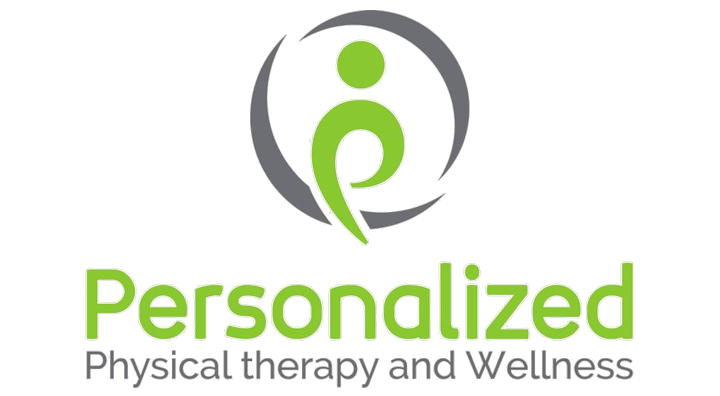Physical therapy is typically thought of as exercises you perform after an accident to reduce pain and regain range of motion. But deliberate movements can also reduce the risk of injury and enhance mobility and function, especially during or after a complex pregnancy’s limited activity.
By strengthening the muscles needed for delivery, physical therapy (PT) for individuals with restricted activity can help get their bodies ready for childbirth. It may be beneficial to:
- Common discomforts including carpal tunnel syndrome, back and hip pain, and tailbone pain can be prevented and relieved.
- Maintain muscle tone because it can easily degrade from inactivity.
- Prevent or cure postpartum disorders include diastasis recti, which occurs when the abdominal muscles don’t reattach after pregnancy, pelvic organ prolapse, and incontinence.
Over the past ten years, PT has become more widely accepted as a component of prenatal care, but we still see patients most frequently when they first experience musculoskeletal symptoms, just before they deliver their child. As a result, there is a limited amount of time, and both the patient and the clinicians are acting reactively to alleviate an issue that could have been avoided with earlier physical therapy.
The best strategy to assist more women avoid pregnancy-related musculoskeletal issues is to work with them before symptoms appear.
How PT functions in both common and complicated pregnancies
Our PTs discuss preventive care and specialised exercises with patients throughout visits during a typical pregnancy to ease aches and pains. Additionally, we instruct patients in a variety of deliberate motions, including:
- Exercising your pelvic floor will help to make the muscles that support your uterus, bladder, and bowels stronger and flexible, optimal for childbirth.
- Suitable body mechanics as your tummy expands and your joints sag.
- Good pushing technique before giving birth.
- Exercises and delivery preparation methods
Complex pregnancies with limited activity pose difficulties. Although the patients are asked to refrain from excessive activity, exercise is still necessary because inactivity causes muscle tone to rapidly deteriorate. Patients can lose up to half of their overall muscle strength in just three to five weeks by restricting their exercise, or around 12%, per week.
Physical treatment for people with activity limitations frequently emphasises breathing exercises, moving, and situating oneself in bed, and modest exercises to prevent muscular atrophy.
A physical therapist can provide a thorough assessment following delivery and, if necessary, suggest postpartum PT to assist patients in safely regaining muscle mass and mobility. If you’ve recently had a C-section, this is very crucial. According to a recent study, women who received physical therapy following a C-section experienced much less discomfort and had better exercise tolerance.
In the postpartum period, we can also meet with you to go over ways to treat issues like diastasis recti and incontinence as well as ease any discomfort you may be experiencing.
Several closing thoughts
During and after pregnancy, your body undergoes significant change. That does not imply that you must endure discomfort or pain for more than 40 weeks. Physical therapy can ease physical stress, prevent, or treat pain or discomfort, and assist in resolving problems as they arise, improving your pregnancy and postpartum experience.
Even if you are on activity limits, don’t be shocked if physical therapy is recommended to you while you are pregnant. We expect to start seeing more patients at all phases of pregnancy as we raise awareness of our acute PT services and the advantages of proactive PT.
